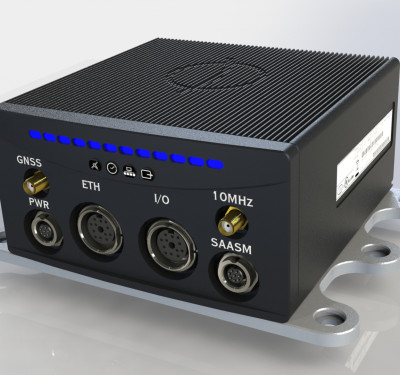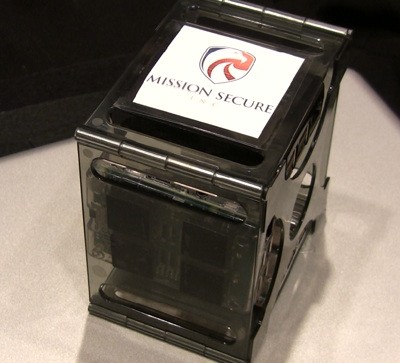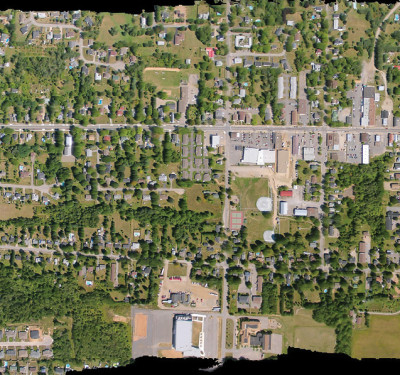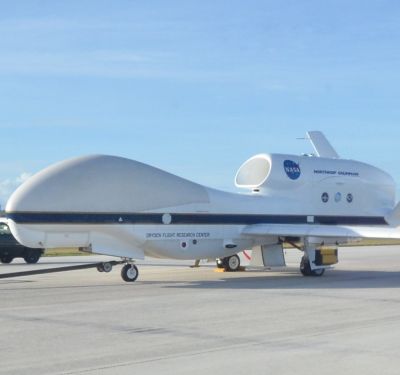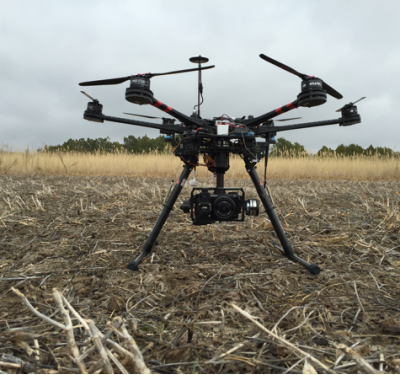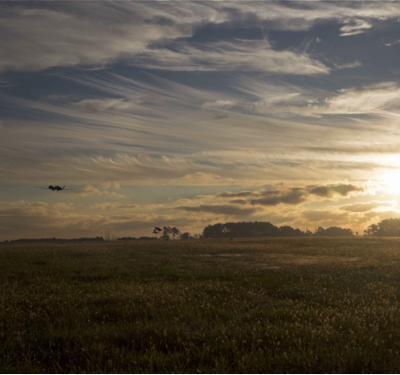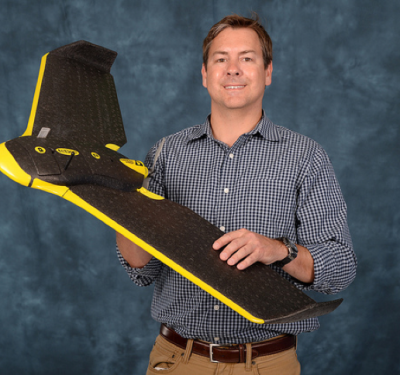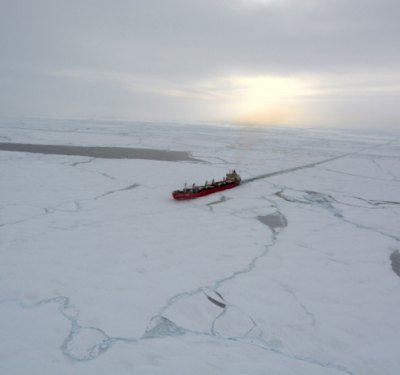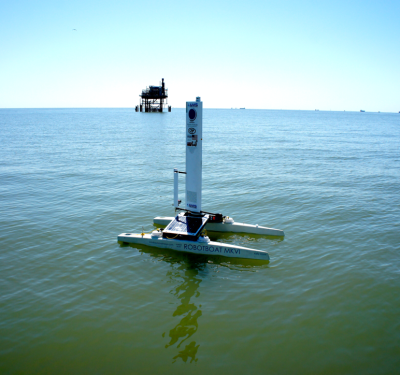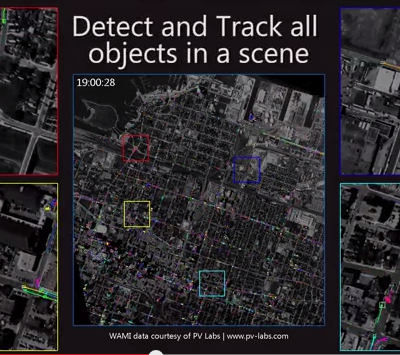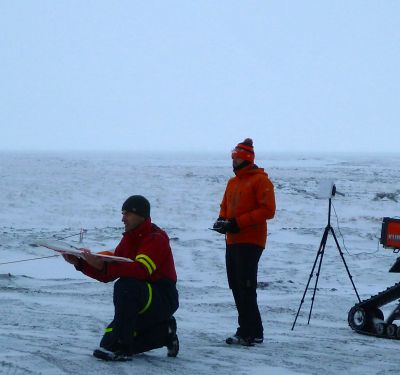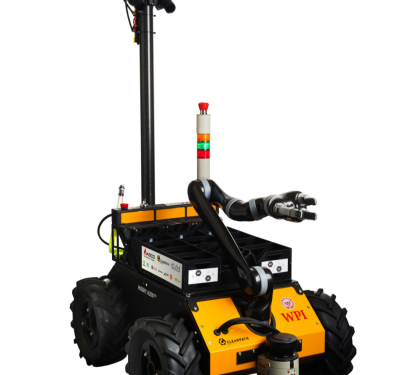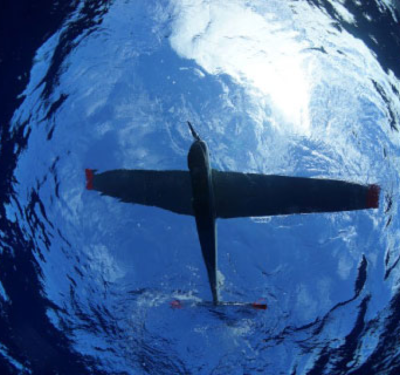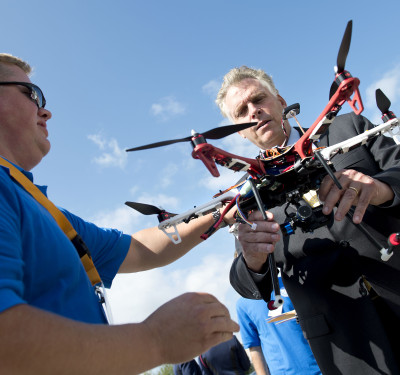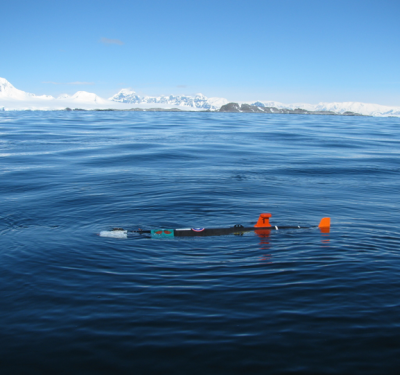This new rugged, all-in-one time and frequency solution provides accurate timing, positioning and attitude in a single, low SWaP box and can be used in both manned and unmanned platforms.
Renee Knight
Cyber Shield for Autonomous Vehicles Demonstrated
The pilot project, co-sponsored by the University of Virginia, simulated realistic cyber attacks and demonstrated the effectiveness of MSi’s Secure Sentinel Solution in stopping them.
Mapping the Course for UAS in Surveying
As unmanned aircraft technology continues to develop, geospatial professionals see the new capabilities, growth and efficiencies it can bring to their sector.
NASA Wraps Up ATTREX Mission
After five years, an unmanned NASA Global Hawk flew its last Airborne Tropical Tropopause Experiment, or ATTREX, mission in March. Here’s an overview of the mission and what they’ve already learned.
Kansas State University Leading Multimillion Dollar UAS Crop Project
The university’s Manhattan and Salina campuses will work with various institutions in Australia on this 3-year, $1.74 million project using UASs to detect pests and diseases in crops.
NASA’s Global Hawks Will Continue to Study Severe Weather this Hurricane Season
While the HS3 mission completed its third and final year in 2014, NOAA will continue to research severe weather using NASA’s Global Hawk Unmanned Aircraft.
Texas A&M University-Corpus Christi and Texas A&M AgriLife Research to Begin Testing Drones for Use in Precision Ag
The researchers received a Certificate of Authorization from the FAA in January, and will use the eBee from senseFly to test a variety of applications.
ING Robotic Aviation Tests UAV Ice Monitoring in the Arctic
During this two-week mission on board Fednav’s ice-breaking cargo ship MV Arctic, the team tested ING’s Responder to collect imagery that could help ship captains navigate these dangerous, icy waters.
AMS Set to Pilot the Datamaran Later this Year
Designed to deliver precision data from the ocean through the deployment of sensing and communication devices, and now undergoing pilot tests.
MotionDSP Partners with Universities to Help Advance UAS Research
MotionDSP recently announced collaborations with Auburn University, the University of North Dakota and Kansas State University Salina to research new applications using video.
Scientists Plan to Use Small UAVs to Measure the Atmosphere in the Arctic
In just a few weeks, a team of scientists will make their way to Oliktok Point, Alaska, where they’ll begin…
Sample Return Rover AERO Could Help Advance Space Exploration
WPI engineers developed the return rover with arm controller for the NASA Sample Return Robotic Centennial Challenge in 2013.
The Future of Autonomy
The roadways can be a dangerous place. Distracted drivers, congestion and unexpected obstacles all contribute to traffic accidents. Collision avoidance and robotic crash testing are being developed for vehicle safety.
NASA Could Be Sending A Submarine to Study Titan’s Methane Seas
NASA’s COMPASS Conceptual Spacecraft Design Team recently completed a design for an autonomous submarine that could be sent to Saturn’s largest moon to explore what’s below its largest northern sea.
Researchers Integrate Two Types of UAS
NOAA’s Puma unmanned aircraft and two Wave Gliders from Liquid Robotics are integrated.
Using UAVs to Cover the News
Multiple news organizations, including CNN and The New York Times, are working with universities and the FAA to determine the best, safest way to incorporate UAVs into newsgathering.
University of Delaware’s Robotics Discovery Lab is Sending Robots to Study the Ocean
The lab officially opened last summer and is behind several research projects involving AUVs.


